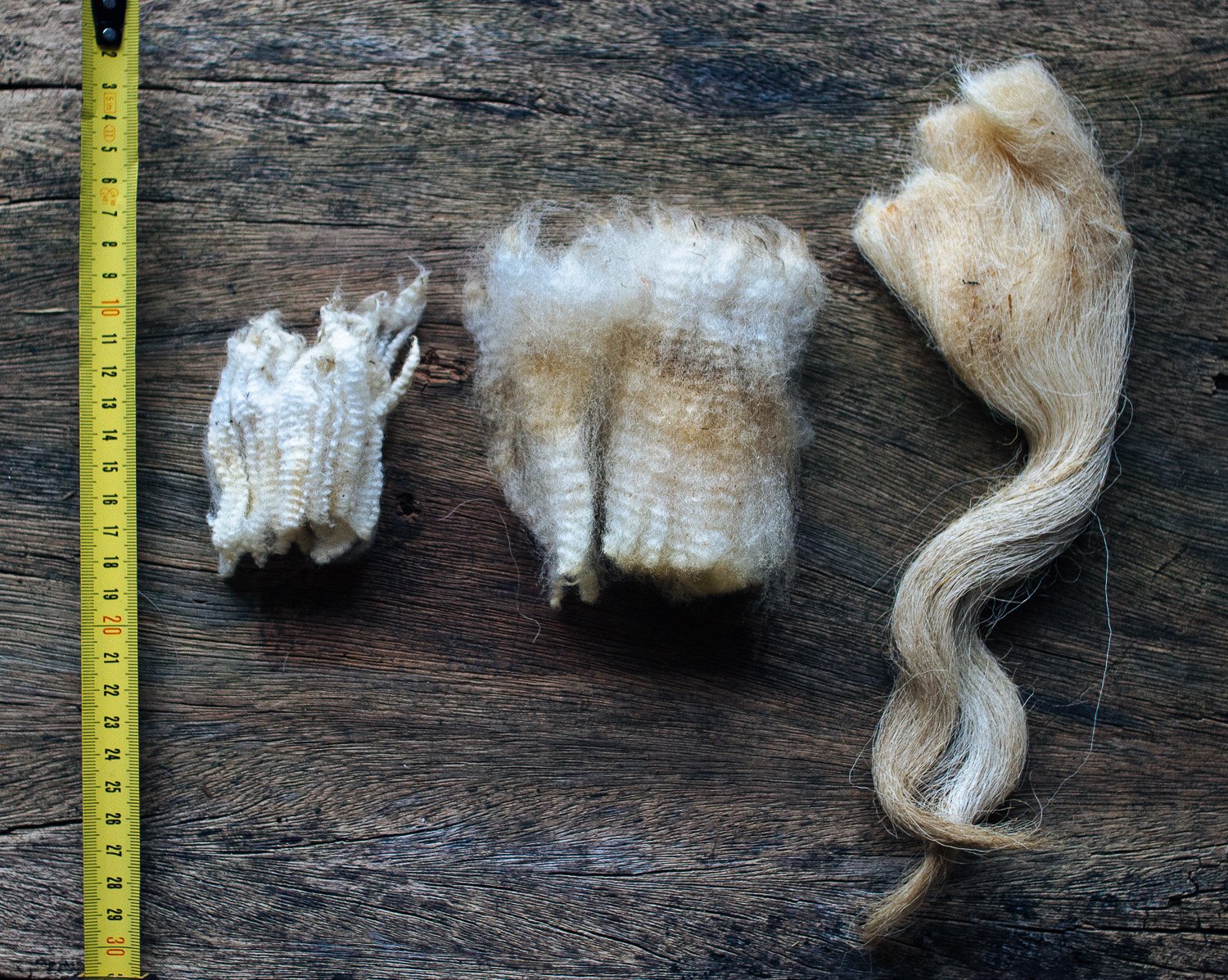Blog

Churras. Bordaleiras. Merinas.
The 16 indigenous Portuguese sheep breeds can be grouped into three main groups, which are directly related to the type of wool they produce: Churros, Bordaleiros or Merinos. Knowing the basic characteristics of the wool produced by these three groups is a very effective way of getting a general idea of what a particular breed produces, despite the great variations that can arise due to the influence of various factors.
![[wip] Portuguese wool - a practical guide](https://images.squarespace-cdn.com/content/v1/648982341579d12f2111cfb5/1687858404902-N0Z3Y2AQ41DDESC95Y97/image-asset.jpeg)
[wip] Portuguese wool - a practical guide
Well, There's a problem that I just never have...
Did I know that transforming bags of raw wool from every corner of our country into teeny-tiny envelopes like these would be so much work? Of course not. And I'm glad I didn’t, otherwise I would have chickened out.

In the meantime: national sheep breeds.
While I don't finish the marathon that this small study about the wool from portuguese sheep breeds as turned into, here's a little video on the subject.

The first experiments
Although I'm buried in work and do not have the time to write all the posts I need to write, I had to come here and share Guida Fonseca's first experiments with some of the wools she discovered through our ongoing small Portuguese Wools study, in her own work.

Portuguese wool from north to south
These are only a few of the packages that have been arriving to Serralves, from all over the country, filled with raw wool from all our sheep breeds. Since late April that we have been working hard at making the necessary contacts to be able to have all this material gathered, and start what, along with the development of the three textile fiber cycles, I also proposed to do this year for the Saber Fazer em Serralves program: a little book dedicated to analyzing and comparing all the wools produced by our local sheep breeds.

